SERVICES
Learn about our services
Medical Services Provided by our Clinic
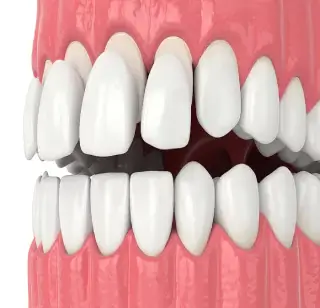
COMPOSITE RESIN VENEERS
Composite resin veneers are a cosmetic dental treatment that involves placing a tooth-colored resin material over the surface of the teeth. They are affordable, customizable, and can be completed in a single visit. They are used to fix various cosmetic issues, such as chipped, stained, or misshapen teeth, and can improve the overall appearance of the teeth and smile.
They require less removal of tooth structure compared to porcelain veneers. This makes them a more conservative treatment option that preserves more of the natural tooth structure while still achieving the desired cosmetic result.
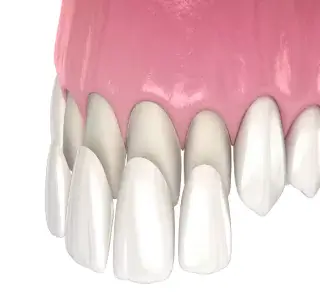
PORCELAIN VENEERS
Porcelain veneers are thin porcelain shells placed over the teeth to enhance their appearance. They are durable, long-lasting, and highly customizable, allowing the dentist to match the veneers to the natural teeth. They are used to correct a range of cosmetic issues, such as stained, misshapen, or crooked teeth.
They resist staining, require minimal maintenance, and can last up to 10-15 years. They are also biocompatible and unlikely to cause any adverse effects on the surrounding tissues. Porcelain veneers are an excellent long-term cosmetic dental treatment option that can significantly improve the appearance and function of the teeth.
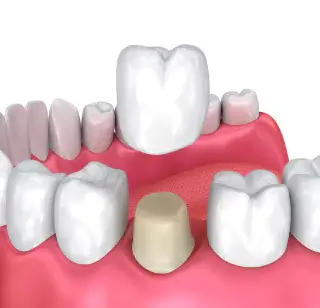
CROWNS
Dental crowns are a tooth-shaped cap placed over a damaged or weakened tooth to improve its strength, function, and appearance. They are made of durable materials and can address a range of dental issues, including decay, cracks, fractures, and discoloration.
One significant advantage of dental crowns is their ability to provide long-lasting protection to weakened or damaged teeth. They can restore the function of the tooth and match the color and shape of the crown to the patient’s natural teeth for a more natural-looking result. Dental crowns are a versatile and effective restorative dental treatment option that can improve the function and appearance of the teeth.
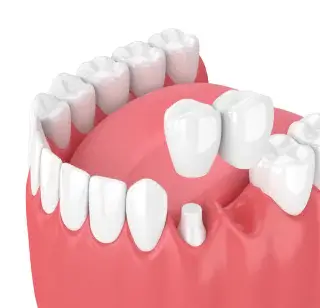
BRIDGES
A common restorative dental treatment option that involves replacing one or more missing teeth with a prosthetic device that attaches to the remaining natural teeth or dental implants. Bridges are typically made of porcelain or ceramic materials and can be customized to match the color and shape of the patient’s natural teeth. They are a durable and long-lasting solution to missing teeth and can help restore the function and appearance of the patient’s smile.
They are made of durable materials and can help improve the function and appearance of the mouth while maintaining the shape and structure of the face.
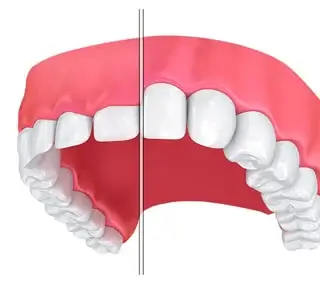
GUM CUTTING
Gum cutting is a dental procedure that removes excess gum tissue to improve the appearance of the teeth and gums. It can correct a “gummy” smile, uneven gum line, and improve oral health by removing pockets of bacteria that can lead to gum disease.
The significant advantage of gum cutting is the aesthetic improvement of the teeth and gums. It can result in a more proportional smile, improved confidence, and healthier gums by removing pockets of bacteria. Gum cutting is a safe and effective dental procedure that can significantly improve the appearance and health of the teeth and gums.
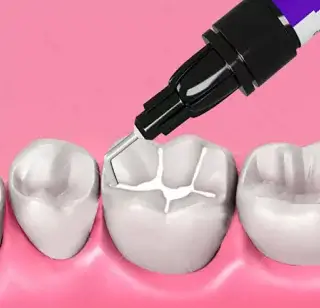
CAVITY FILLING
Cavity filling is a dental procedure that removes decayed parts of the tooth and fills the space with a material. It prevents further decay, restores the function of the tooth, and matches the color of the patient’s natural teeth.
Cavity filling preserves the health and appearance of the teeth. It helps prevent more invasive and costly dental procedures in the future while restoring the function of the tooth. Cavity filling is a safe and effective dental procedure that can prevent further decay and preserve the health and appearance of the teeth.
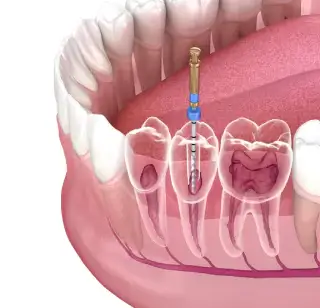
ROOT CANAL
Root canal treatment involves removing infected or damaged tissue from the inside of the tooth and replacing it with a filling. It saves a damaged or infected tooth from extraction and prevents the need for more invasive dental procedures.
The significant advantage of root canal treatment is its ability to alleviate pain, prevent the spread of infection, and preserve the natural tooth. Root canal treatment is a safe and effective dental procedure that can prevent the need for more invasive and costly dental procedures in the future.
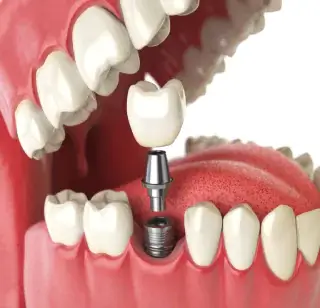
DENTAL IMPLANTS
Dental implants are a durable and stable replacement for missing teeth that provide a long-term solution. They improve the appearance of the smile, enhance oral health, and restore the ability to eat, speak, and smile with confidence.
They preserve the integrity of the jawbone by preventing bone loss and shifting teeth. They are a safe and effective dental restoration option that can improve overall quality of life.
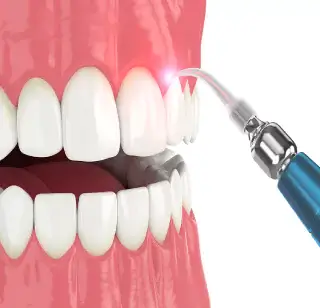
REGULAR CLEANING
Regular cleaning, also called prophylaxis or dental hygiene treatment, involves removing plaque, tartar, and surface stains from teeth to prevent tooth decay, gum disease, and other oral health issues. It is typically recommended every six months for most patients.
Regular cleaning prevents oral health problems before they become more serious, such as tooth loss and other complications. Additionally, regular cleaning improves the appearance of teeth by removing surface stains and discoloration, leading to a brighter, healthier smile.
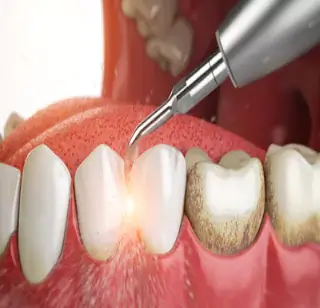
DEEP CLEANING
Deep cleaning, also known as scaling and root planing, is a dental procedure that involves cleaning below the gum line to remove plaque, tartar, and bacteria. It’s typically recommended for patients with early to moderate gum disease or who haven’t had a regular cleaning in a while.
Deep cleaning prevents gum disease by reducing inflammation and swelling of the gums, which can help prevent tooth loss and other complications. Additionally, deep cleaning can improve the overall health of the teeth and gums, leading to fresher breath and a brighter, healthier smile.
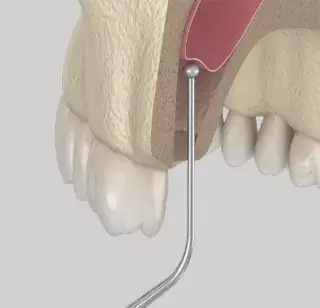
SINUS LIFT
Sinus lift is a surgical procedure that adds bone to the upper jaw to support dental implants. It is typically recommended for patients who have lost bone in their upper jaw due to periodontal disease or tooth loss.
It can restore patients’ ability to eat and speak comfortably and improve their overall quality of life. Additionally, dental implants can help preserve the jawbone, preventing further bone loss and maintaining the structure of the face. Advances in dental technology have made sinus lift procedures more predictable, with minimal discomfort and a shorter recovery time.
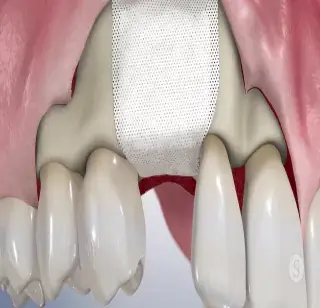
RIDGE AUGMENTATION
Ridge augmentation is a dental procedure that adds bone or other materials to the jaw to rebuild the ridge that supports the teeth. It’s typically performed when the jawbone has deteriorated due to tooth loss or other factors.
It can improve the appearance of the teeth and gums, restoring the natural contours of the jaw and enhancing the patient’s smile. Additionally, ridge augmentation can provide a stable foundation for dental implants, promoting overall dental and oral health.
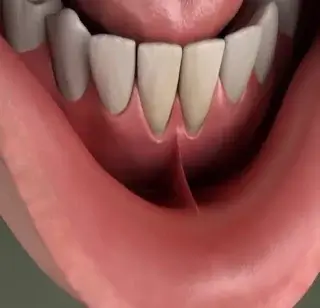
FRENECTOMY
Frenectomy is a surgical procedure that removes or repositions a small band of tissue called a frenum that connects the lips or tongue to the gums. It’s a common and relatively simple procedure that can alleviate a range of dental and oral issues, such as gum recession, speech difficulties, and breastfeeding problems.
Frenectomy can improve patients’ quality of life and oral health. It can help prevent gum recession, improve oral hygiene, and improve speech and breastfeeding outcomes. Frenectomy has a high success rate and minimal risks, making it a safe and effective solution for many dental and oral problems.
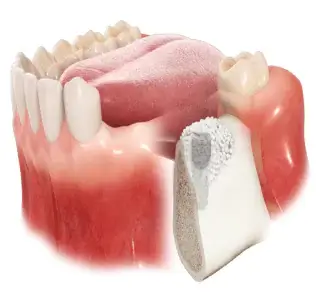
ALVEOLOPLASTY
Alveoloplasty is a dental procedure that reshapes and smoothes the jawbone following tooth extraction or other oral surgeries. The procedure involves removing any rough or sharp edges on the jawbone and shaping it to promote healing and improve the fit of dentures or other dental prostheses. Alveoloplasty can be performed under local anesthesia, and recovery time is typically minimal.
The procedure can also help promote faster and more comfortable healing after tooth extraction or other oral surgeries. Additionally, alveoloplasty can help prevent future dental and oral issues by removing any sharp edges or irregularities on the jawbone that could cause discomfort or complications.
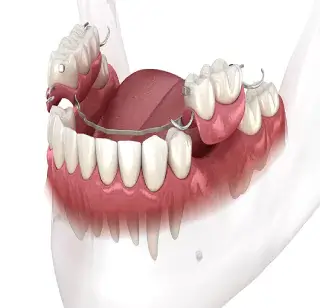
FLIPPERS
A dental flipper is a removable dental prosthesis used to replace one or more missing teeth. It is typically made of acrylic and snaps into place around the remaining natural teeth. Flippers are a temporary solution to tooth loss and can be used until a more permanent dental restoration, such as dental implants or bridges, can be placed. They are relatively inexpensive and easy to create, making them a popular option for many patients.
Additionally, flippers can help prevent further dental and oral issues by maintaining the spacing and alignment of the remaining natural teeth. They are easy to clean and maintain, making them a convenient solution for many patients.
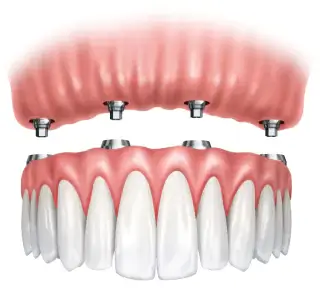
HYBRID DENTURE
Hybrid dentures are a popular option for those looking for a permanent and stable solution to replace missing teeth. They are made of a combination of materials, typically featuring a metal framework with acrylic or porcelain teeth attached. The hybrid design provides a balance between the durability and strength of a traditional denture and the stability and comfort of dental implants.
They are often recommended for patients who have lost a significant amount of teeth and bone tissue, as the metal framework can provide additional support.
